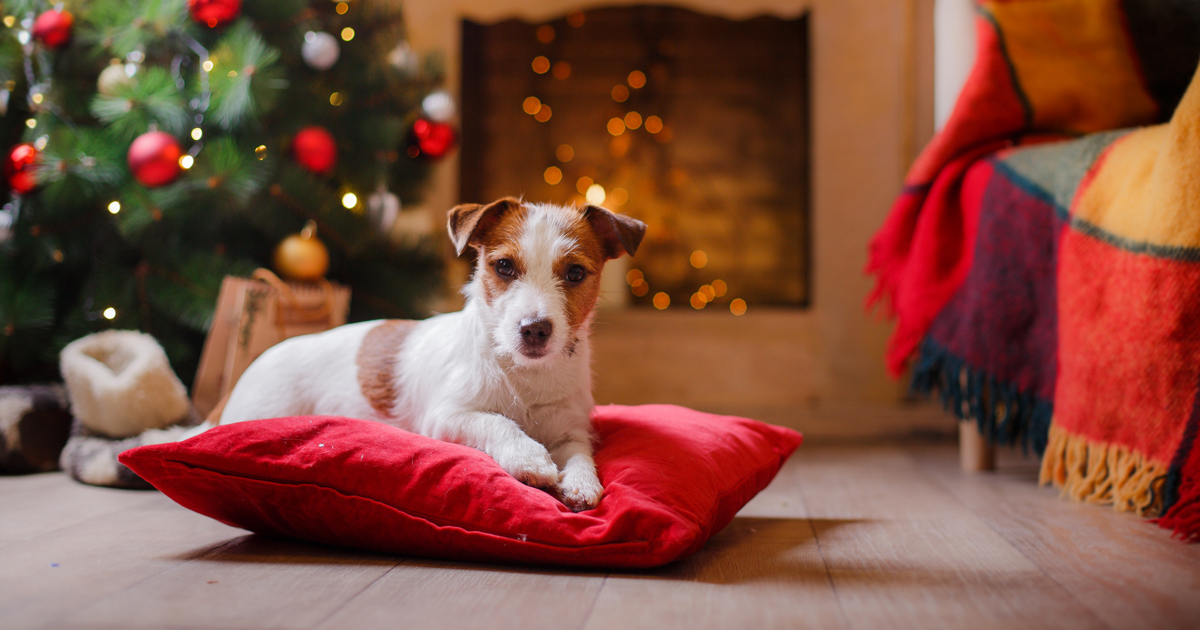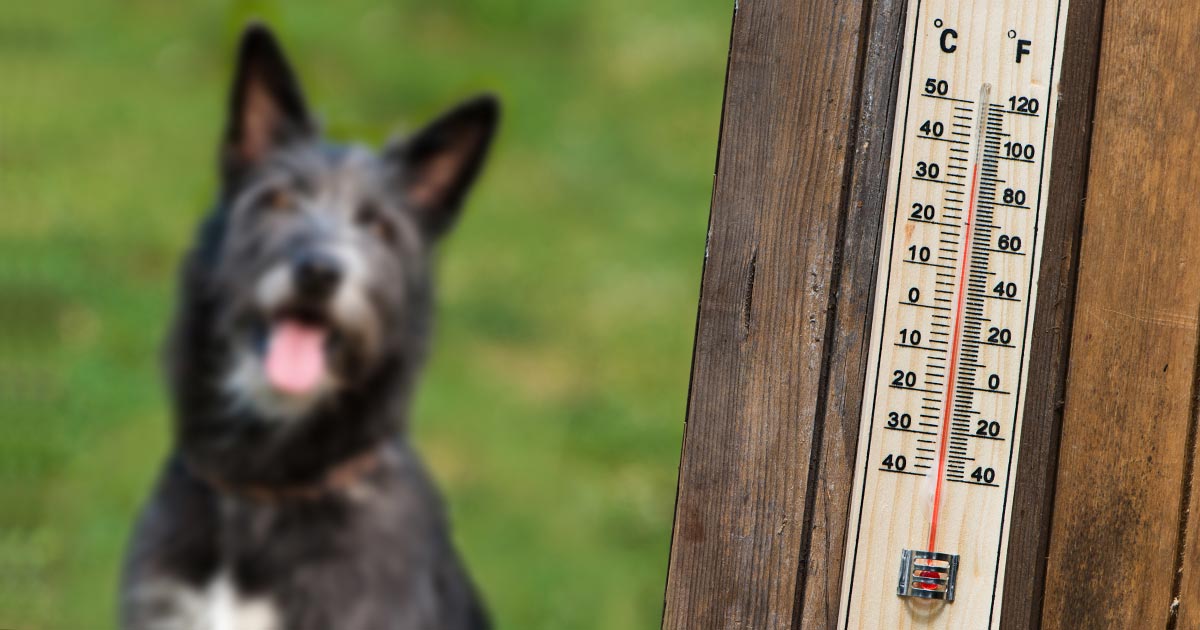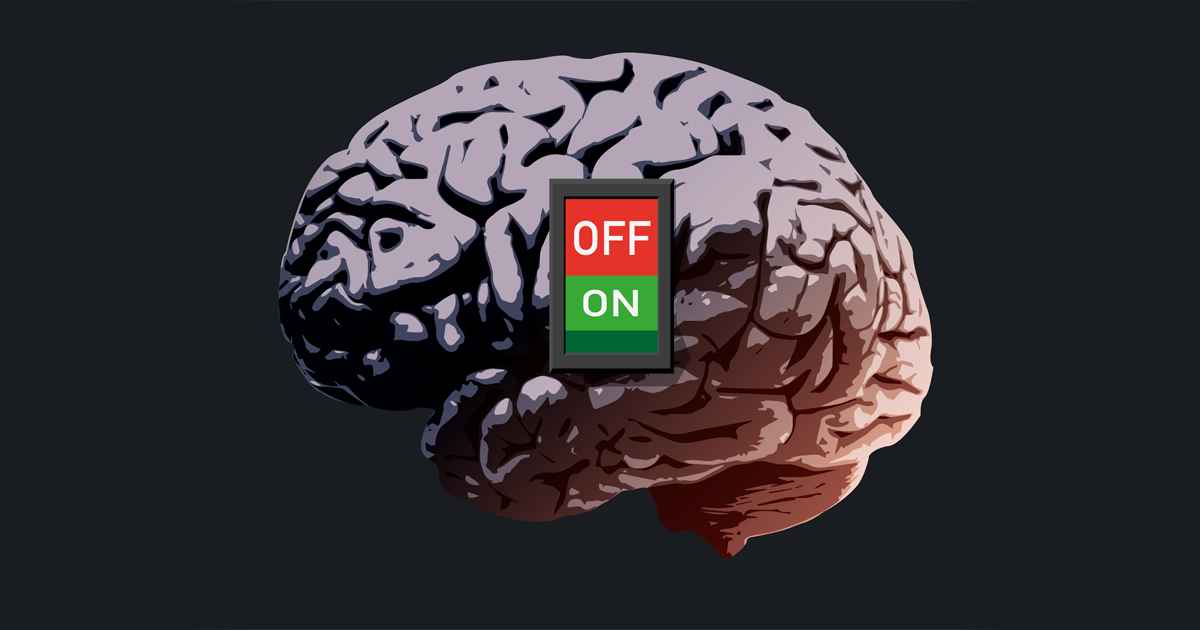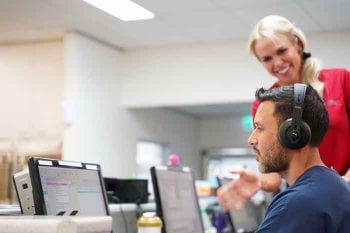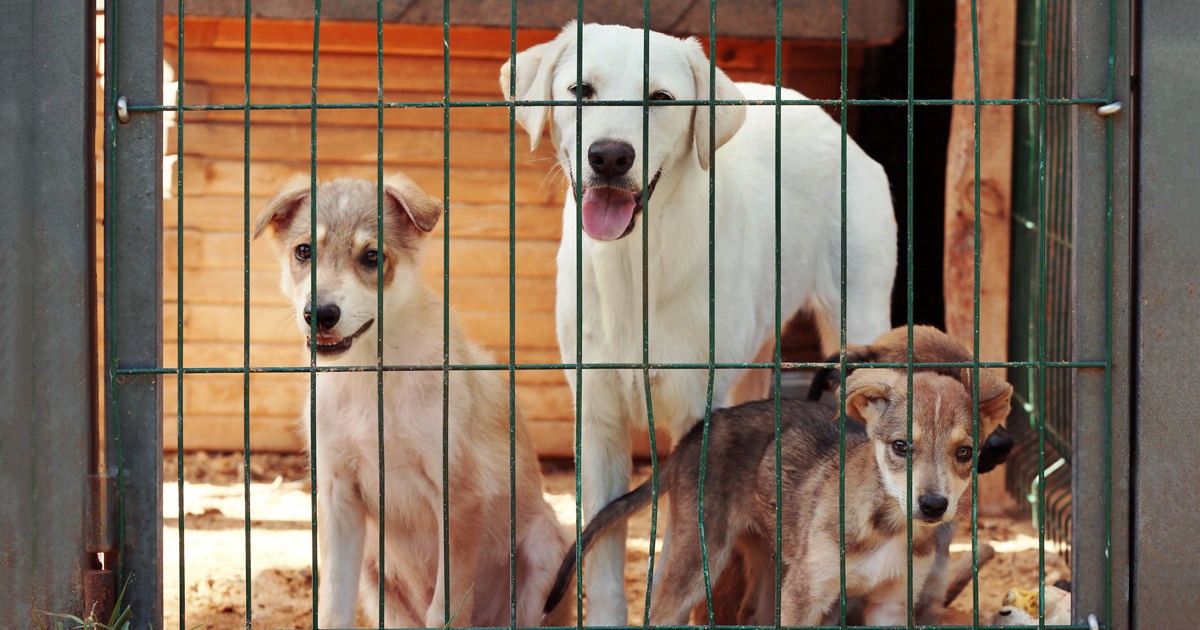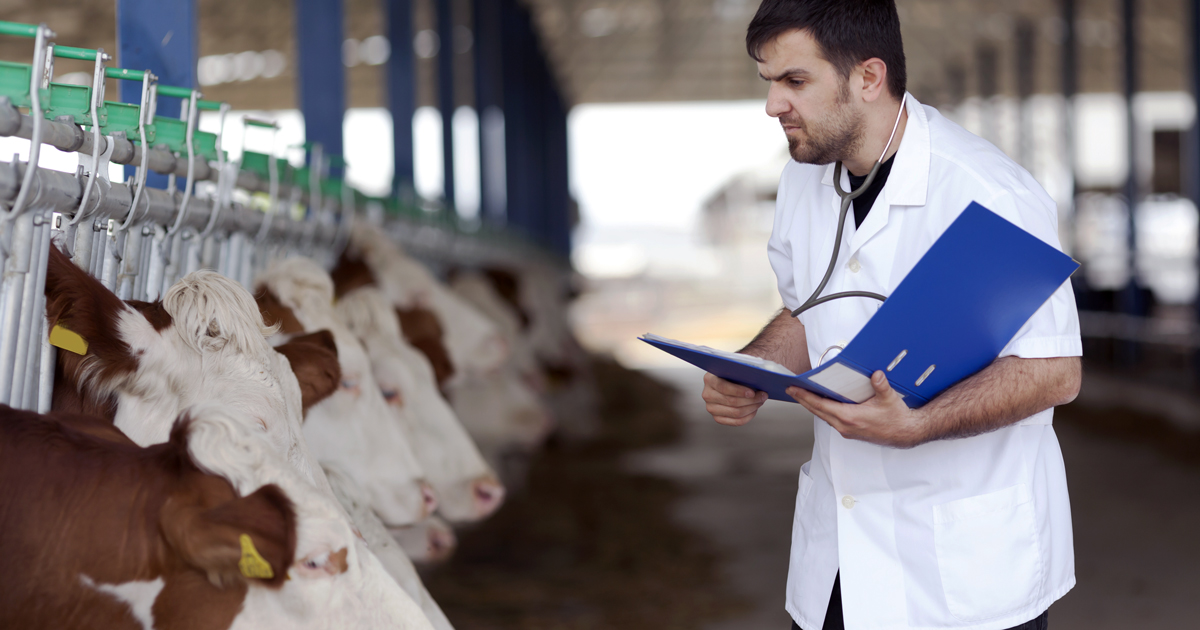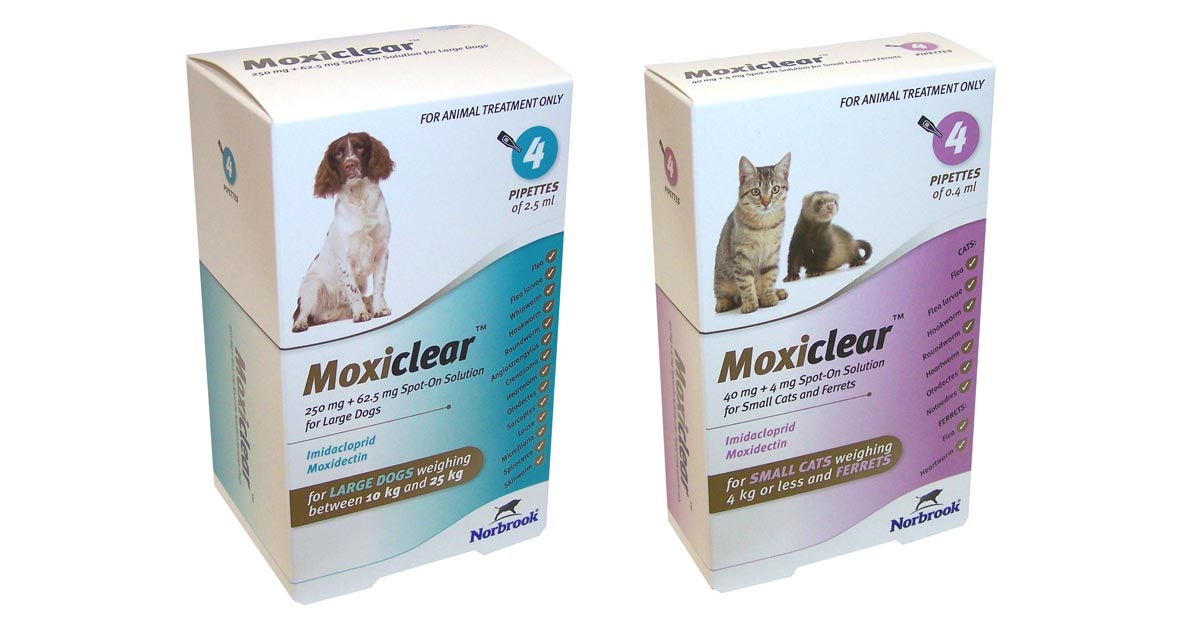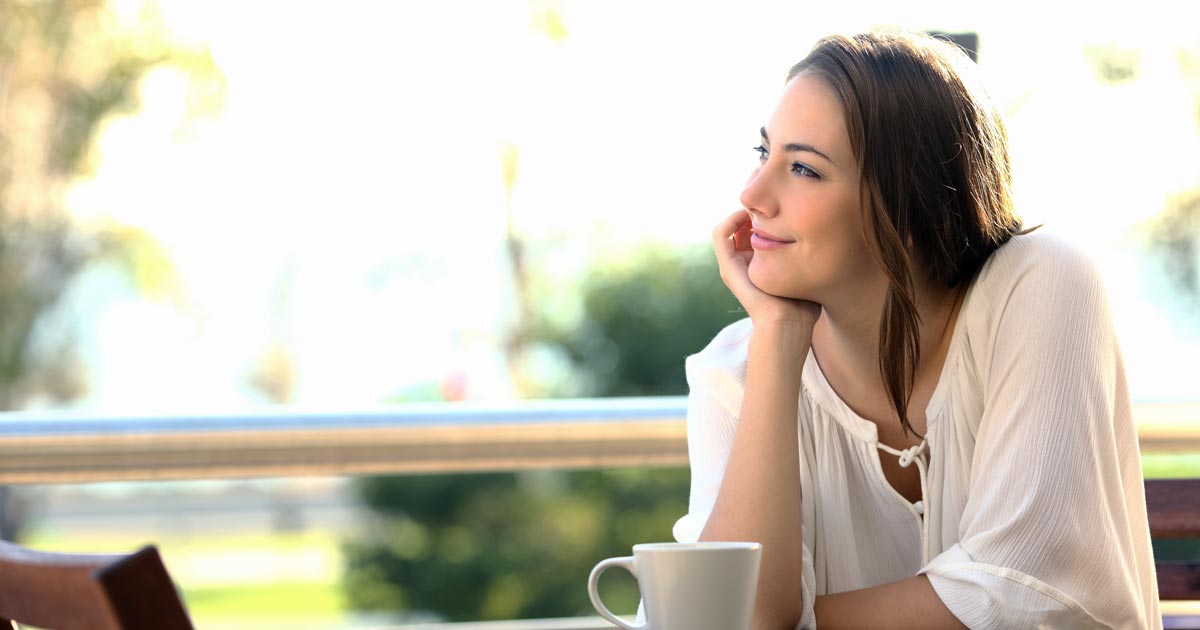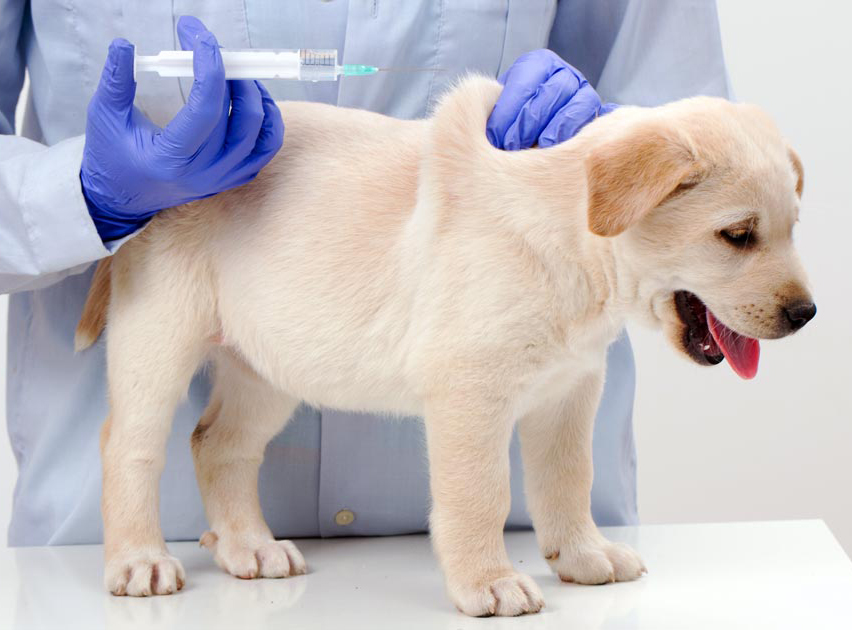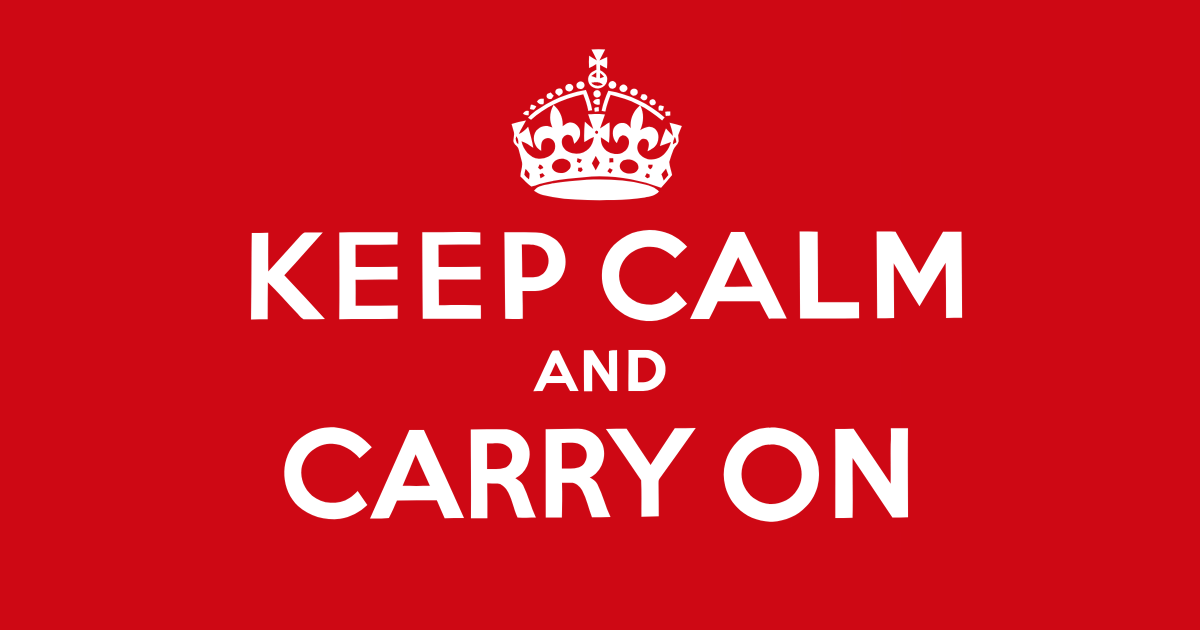Little things you don’t consider until you spend every waking moment looking at, thinking about, or learning about animals, is how one of our favourite times of year might impact the smaller members of our families.
Awareness is rising on just how traumatic Guy Fawkes night can be for our furry friends, but there is a tendency to bring even more chaos inside the house during the Christmas period.
Anxious pets, or those used to a small household, can find themselves overwhelmed when the whole extended family comes stampeding through the front door – it’s often exhausting for us, so just think how they must feel!
The little things
Take little measures like employing a commercial pheromone infuser in the house a few days before the festivities start to kick in, or give your pet a safe and quiet room in the house away from the main action where they can take refuge. Make sure, of course, that they have plenty of food and water and, perhaps, some comforting items like their favourite bedding and toys.
Now don’t get me wrong, in my eyes Christmas is just as much about stuffing our faces as anything else, but making sure our pets don’t eat anything they shouldn’t is just as, if not more important, at this time of year.
A few things to watch out for include mistletoe, holly and ivy, which are often in plentiful supply at Christmas. Take extra care with house rabbits or any other pets that would normally enjoy tucking into leafy greens. Small pieces of tinsel, plastic bristles from artificial Christmas trees, or wrapping paper can also cause stomach problems if ingested – and nobody wants a festive trip to the vets or dog sick in their stocking come Christmas morning.
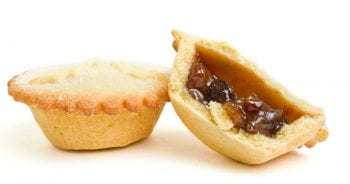
Festive food
Our favourite Christmas foods aren’t a good idea for our pets either, no matter how hard they beg. I know a lot of people are aware just how toxic chocolate can be to dogs and cats, but ingredients such as garlic, onions and alcohol are all equally dangerous. Mince pies also contain a lot of dried fruits, so if you like to leave some out for Father Christmas, take care to put them somewhere they can’t be snaffled before he arrives.
It can feel nice to include our pets in the festivities by giving them an extra helping at dinner as well, but a lot of animals have very sensitive stomachs when it comes to diet changes, and a lot of dogs and many cats don’t have the ability to “self-regulate”, which means they will keep eating after they’re full – a bit like us. This can make them really unwell and have the opposite effect the owner desired.
So, instead, the occasional biscuit treat or a new toy will probably go down just as well.
Teachable moments
Finally, teaching your family and friends all these little things can go a long way to protecting our pets over the holidays.
Little things we take for granted like cracker bangs, festive fireworks, a busy house and lots of food are all parts of Christmas that we’ll never lose – and quite right! But that doesn’t mean our furry friends have to suffer during what’s meant to be one of the most joyful times of the year.
